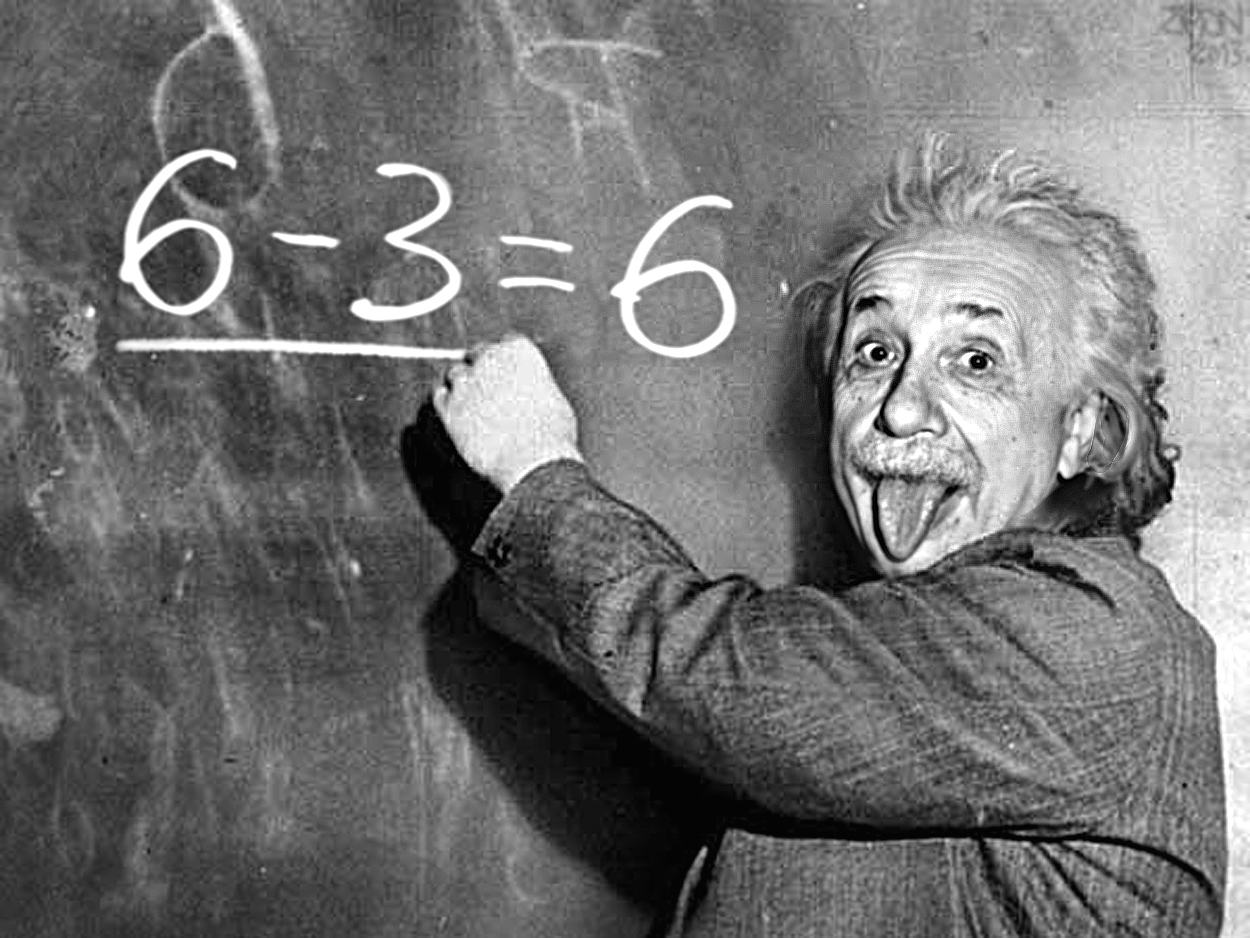NAME: Kite Art – Abstract, 4th Quarter Project
DUE DATE: May 10th, Thursday 4 PM
GRADING: 40% of Formative Grade. Two parts: 1st part for the art and the 2nd part for the mathematical process. The average will be posted.
OBJECTIVES:
- Understand the geometric shapes and their properties
- Use the mathematical algorithm to identify the volume and surface area of the kite figure.
- Increase the awareness of cognitive learning
o Including problem-solving skills,
o Memory retention,
o Thinking skills and
o The perception of learned material.
DETAILS:
PART 1
- Art must be in a geometric shape that easily to calculate surface area and volume
- Do not use paper in the production
- Art must be at least in 1/3 of your height
PART 2
- Step 1: Find the Surface area of your kite
- Step 2: Find the Volume of your kite
- Step 3: Write Step 1 and Step 2 in a google document in details. Express the difficulties and challenges during the mathematical calculations.
RULES
- Prototype (blueprint or in geometric term 'net' ) must be shared with the teacher for pre-approval.
- The teacher will ask you some questions to understand your mathematical calculations process and give advice.
POSSIBLE MATERIALS
Basic materials: You will need a plastic bag, string, two sticks, scissors, and ribbon.
You can include extra materials to take your 'kite project' into another dimension.
NOTE:
If you are planning to purchase a kite, you still must to make the 'net' of the purchased kite and find the surface area and volume of the 'purchased' kite.
Since this is Volume related 'Kite Project', it is recommended to make a 3D Kite. If you make a 2D kite, you need to convert the 2D into 3D on the 'net' in order to find the volume.
If you are planning to purchase a kite, you still must to make the 'net' of the purchased kite and find the surface area and volume of the 'purchased' kite.
Since this is Volume related 'Kite Project', it is recommended to make a 3D Kite. If you make a 2D kite, you need to convert the 2D into 3D on the 'net' in order to find the volume.
SEARCH:
Key Words: How to make a 3d kite?
USEFUL LINKS:




